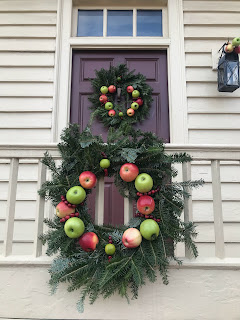Jamestown Revisited
We revisited one of our favorite historic haunts -- Jamestown -- and found it as fascinating as ever. Jamestown was established more than 400 years ago as the first permanent English settlement in the New World. But it's only been in the past 25 years that its secrets and treasures have come to light.
Archaeologists began actively digging in the mid-90s to determine the location of the original fort that housed those first intrepid newcomers. Prior to that the assumption was the York River had swallowed all remains of the fabled site. That assumption would prove wrong. A handful of determined archaeologists discovered the outline of the wooden palisade by the presence of "stained" soil, indicating the location of post holes. That crude, high wooden fence surrounded the fort and today is reproduced so you can see just how small this first settlement was. Rustic buildings such as a barracks, a communal storeroom, the first of several church buildings and a graveyard were snugged within.
Today the site still requires some imagination to picture that initial settlement. But the brain is assisted by the more than 3 million artifacts and fragments unearthed, the best of which are on display in the Archaearium, a fantastic museum that gives voice and visuals to those long-gone settlers.
Many of us grew up with the colorful story of Pilgrims landing at Plymouth Rock, MA, in 1620 to launch America, throwing a Thanksgiving feast with the natives. The Pilgrims did indeed come ashore in 1620, but others came before them as "the first." I'm not sure the sisters ever mentioned Jamestown, VA, in my grade school history. If so, it was a footnote. I'm so fortunate to now be minutes away from the place where we as Americans all began.









